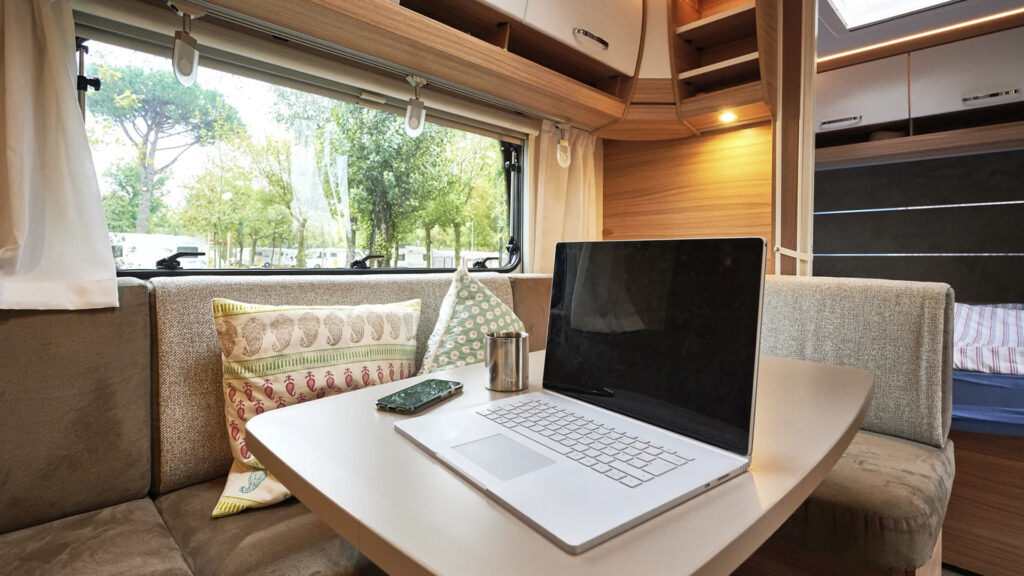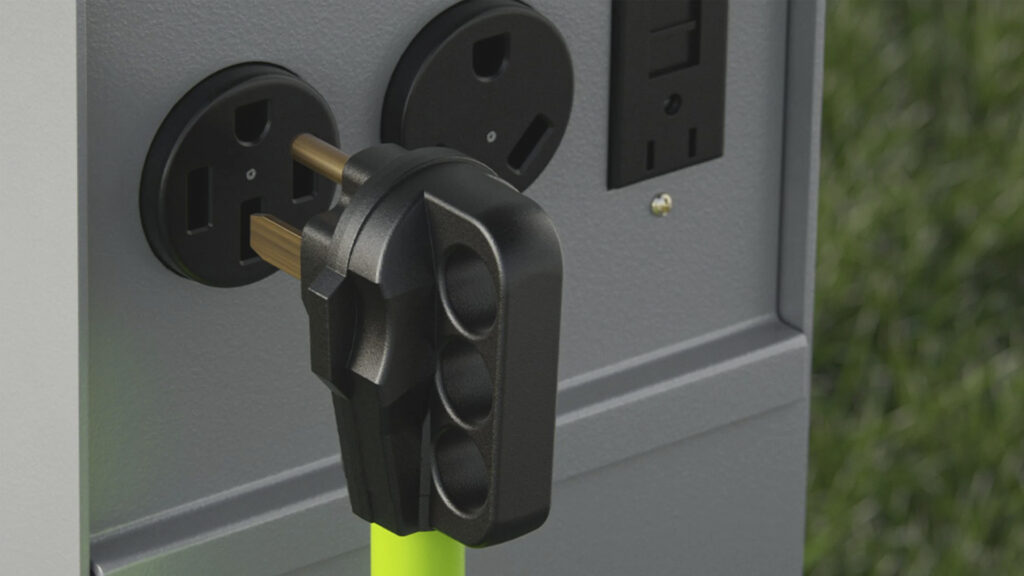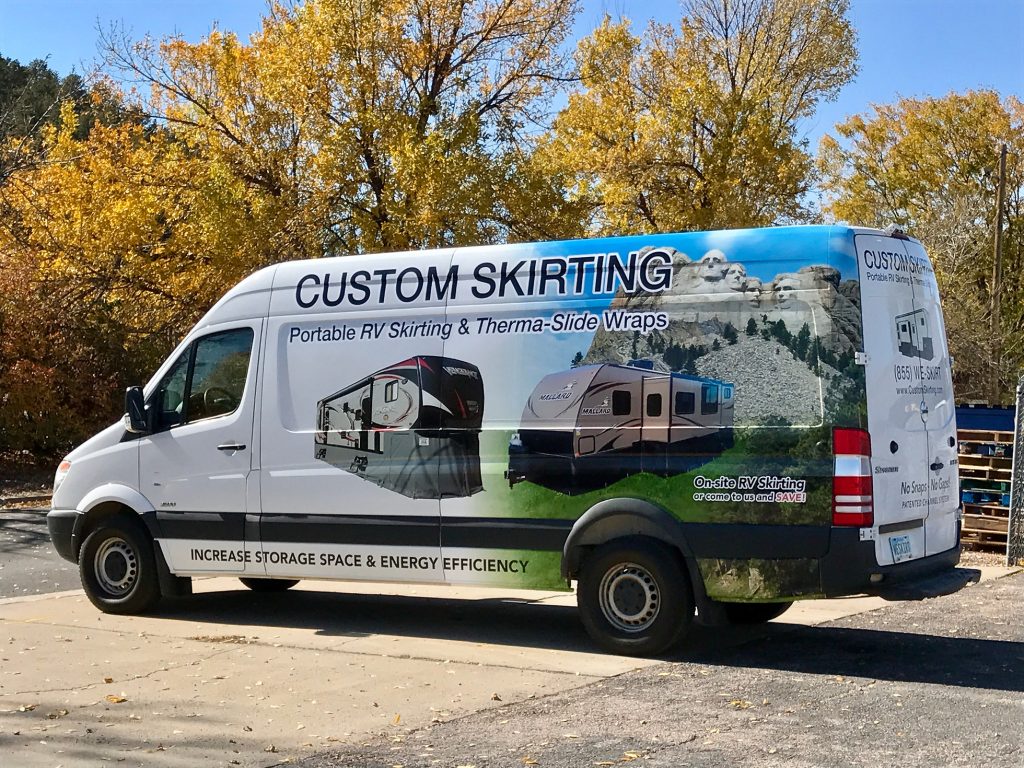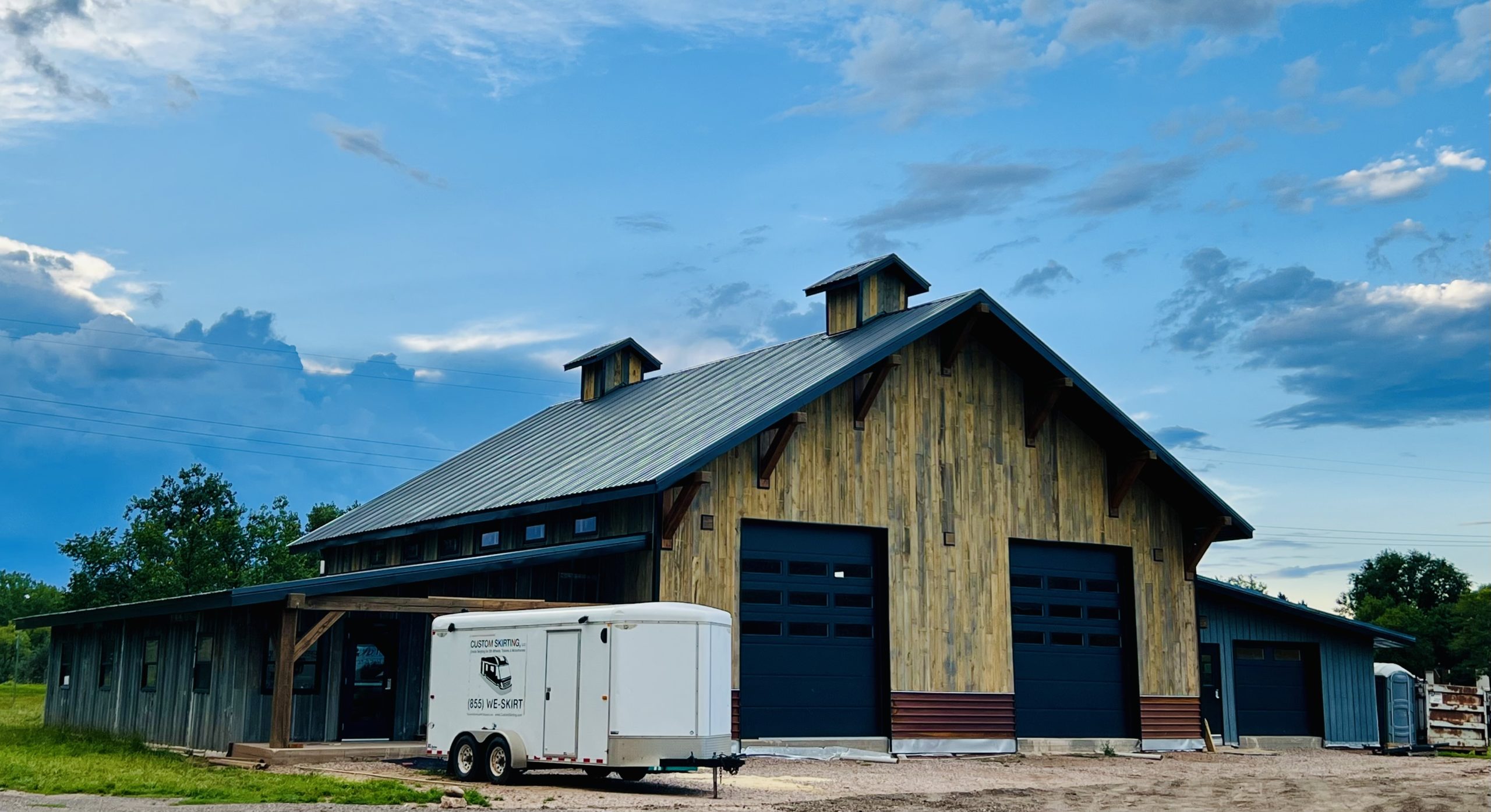Table of contents
- Key Electrical Terminology for RV Owners
- 30 Amp RV Electrical Systems: Features and Limitations
- 50 Amp RV Electrical Systems: Enhanced Power and Flexibility
- Comparing 30 Amp and 50 Amp RV Systems
- Common RV Appliances and Their Power Requirements
- Using Generators with 30 Amp and 50 Amp RV Systems
- Adapters and Surge Protectors: Essential Accessories for RV Electrical Systems
- Upgrading from 30 Amp to 50 Amp: Is It Worth It?
- Troubleshooting Common Electrical Issues in RVs
- Power Up Your South Dakota Adventure at Black Hawk Creek RV Park
- Related Articles
Understanding the differences between a 30 amp vs 50 amp RV electrical system is crucial for both new and seasoned RV owners. Whether you’re planning to upgrade your RV or you’re about to embark on your first camping trip, the right power system can significantly affect your comfort, safety, and ability to run appliances. Choosing between 50 amp vs 30 amp setups depends on several factors, such as the size of your RV, the number of appliances you use, and your overall power needs. This guide will walk you through everything you need to know to make an informed decision about your RV’s power system.
Key Electrical Terminology for RV Owners
Before diving into the details of 30 amp vs 50 amp RV systems, it’s essential to understand some basic electrical terms. These terms help you assess your RV’s power needs and avoid overloading your system.
- Amps (Amperes): Amps refer to the amount of electrical current flowing through a circuit. RV power systems are typically rated in either 30 amps or 50 amps, which indicates their capacity.
- Volts: Voltage measures the electrical pressure in a system. Most RV systems in the U.S. operate at either 120 or 240 volts.
- Watts: Watts represent the total amount of power being used. Watts are calculated by multiplying volts by amps. Understanding wattage helps determine how many appliances you can run simultaneously without overloading your RV.
For proper RV operation, knowing these terms is vital, especially when considering the limitations and advantages of a 30 vs 50 amp RV power system.
30 Amp RV Electrical Systems: Features and Limitations

A 30 amp RV electrical system is commonly found in smaller to medium-sized RVs and motorhomes. It provides a maximum power output of 3,600 watts (120 volts x 30 amps). The rv 30 amp vs 50 amp system uses a three-prong plug with one 120-volt hot wire, one neutral, and one ground. This setup is sufficient for RVs that have minimal power needs, such as running basic appliances like air conditioners, microwaves, or TVs.
Features of a 30 Amp System:
- Maximum power output: 3,600 watts.
- Best for smaller RVs, travel trailers, and some mid-size motorhomes.
- Suitable for RVs with fewer power-hungry appliances.
- Uses a 30-amp, three-prong plug.
Limitations of a 30 Amp System:
- Limited power capacity, which may restrict your ability to run multiple high-wattage appliances simultaneously.
- Higher likelihood of tripping breakers if too many appliances are running.
- Less flexibility in terms of appliance usage and comfort.
If you’re considering a 30 amp vs 50 amp system, remember that while a 30 amp RV is sufficient for smaller setups, it can be restrictive in terms of energy availability, especially when running appliances that demand high wattage.
50 Amp RV Electrical Systems: Enhanced Power and Flexibility
A 50 amp RV electrical system is designed for larger RVs, motorhomes, and fifth wheels that require more power. The 50 amp system delivers 12,000 watts, split across two separate 50 amp, 120-volt feeds. This essentially doubles the power capacity of the system, allowing you to run multiple high-wattage appliances at the same time without overloading the circuit.
Features of a 50 Amp System:
- Maximum power output: 12,000 watts (6,000 watts per side of the system).
- Best for larger RVs, motorhomes, and fifth wheels with multiple power-hungry appliances.
- More flexibility in appliance usage, reducing the likelihood of tripping breakers.
- Uses a four-prong plug with two 120-volt hot wires, one neutral, and one ground.
Benefits of a 50 Amp System:
- Increased power capacity, providing more energy for running multiple appliances like air conditioners, washing machines, and microwaves simultaneously.
- Load balancing allows for better distribution of electricity between circuits.
- Reduced likelihood of overloading the system, leading to a more comfortable and hassle-free experience.
Choosing a 50 amp vs 30 amp system is ideal if you have a larger RV and use more energy-intensive appliances. It offers greater power and flexibility, making it a popular choice for RVers seeking enhanced comfort.
Comparing 30 Amp and 50 Amp RV Systems

When it comes to choosing between 30 amp vs 50 amp RV systems, several factors come into play, such as power capacity, appliance usage, and compatibility with campgrounds.
Power Capacity and Availability:
- 30 Amp System: Provides 3,600 watts of power, sufficient for smaller RVs but limiting for larger setups.
- 50 Amp System: Offers 12,000 watts, suitable for larger RVs with more appliances and electrical needs.
Typical RV Sizes and Models:
- 30 Amp RVs: Smaller travel trailers, camper vans, and some mid-sized motorhomes.
- 50 Amp RVs: Larger motorhomes, fifth wheels, and luxury RVs.
Appliance Usage and Limitations:
- 30 Amp System: Limits the number of high-wattage appliances you can run simultaneously. Running an air conditioner while using other appliances could overload the system.
- 50 Amp System: Allows for more flexibility, enabling multiple appliances to run without issues.
Cost Considerations:
- Initial Costs: A 50 amp vs 30 amp RV setup may have a higher initial cost due to the wiring and electrical infrastructure needed for 50 amps.
- Long-Term Costs: With a 50 amp system, you may spend more on electricity depending on usage, but you’ll also have more power available.
Campground Availability:
- 30 Amp: More campgrounds cater to 30 amp systems, but many offer both options.
- 50 Amp: While most modern campgrounds offer 50 amp hookups, smaller or older campgrounds may only support 30 amps.
Common RV Appliances and Their Power Requirements
Understanding the power requirements of common RV appliances helps you manage your energy usage and avoid overloading your system. Here’s a list of average amp draws for typical RV appliances:
- Air Conditioner: 12-16 amps
- Microwave: 8-12 amps
- Refrigerator: 5-8 amps
- Coffee Maker: 5-8 amps
- TV: 1-3 amps
- Hair Dryer: 10-15 amps
In a 30 amp RV, using multiple high-draw appliances at the same time can quickly exceed the available 3,600 watts. However, a 50 amp RV system’s 12,000 watts offer much more flexibility in appliance usage.
Using Generators with 30 Amp and 50 Amp RV Systems
When you’re boondocking or camping in remote areas without shore power, generators become essential. Choosing the right generator for your 30 amp or 50 amp RV system ensures you have sufficient power.
Generator Considerations:
- For 30 amp RVs, a generator with at least 3,600 watts is required.
- For 50 amp RVs, you’ll need a generator with at least 12,000 watts or dual generators to match the power needs.
Ensure your generator can handle your RV’s peak power usage without overloading.
Adapters and Surge Protectors: Essential Accessories for RV Electrical Systems
Whether you have a 30 amp or 50 amp RV, electrical adapters and surge protectors are essential for safely connecting to different power sources. Adapters allow you to connect your RV’s electrical system to varying power supplies, while surge protectors shield your system from electrical surges that can damage appliances.
Choosing the Right Accessories:
- Adapters: Carry a 30-to-50 amp adapter if your RV is a 50 amp system but you’re at a campground with only 30 amp service.
- Surge Protectors: Choose a high-quality surge protector that matches your RV’s amperage to avoid damaging sensitive electronics.
Upgrading from 30 Amp to 50 Amp: Is It Worth It?
If you’re considering upgrading your RV from a 30 amp to 50 amp system, there are several factors to weigh.
Pros of Upgrading:
- Greater power availability for running multiple appliances.
- Reduced risk of overloading the system.
Cons of Upgrading:
- Higher initial cost for rewiring.
- Not all campgrounds may offer 50 amp hookups.
Ultimately, upgrading from 30 amp to 50 amp is worth it if you need the extra power and plan to stay in larger campgrounds with 50 amp hookups.
Troubleshooting Common Electrical Issues in RVs
RVers often face electrical issues, such as overloaded circuits or malfunctioning appliances. Here are some tips for troubleshooting both 30 amp and 50 amp RV systems:
- Use a load meter to monitor your energy usage.
- Check breakers if appliances stop working suddenly.
- Distribute your power load evenly in 50 amp systems to prevent overload.
By following these guidelines, you can enjoy a smoother RV experience, regardless of whether you have a 30 amp vs 50 amp RV system.
Power Up Your South Dakota Adventure at Black Hawk Creek RV Park
Ready to choose between a 30 amp vs 50 amp RV system? No matter your setup, Black Hawk Creek RV Park & Cabins has the perfect spot for you! Located near South Dakota’s top attractions like Mount Rushmore and the Badlands, our park offers year-round hookups for both 30 amp and 50 amp RVs. Relax in comfort after a day of exploring, with all the power you need to enjoy your stay. Book your stay now and experience the best of South Dakota while camping in style!






